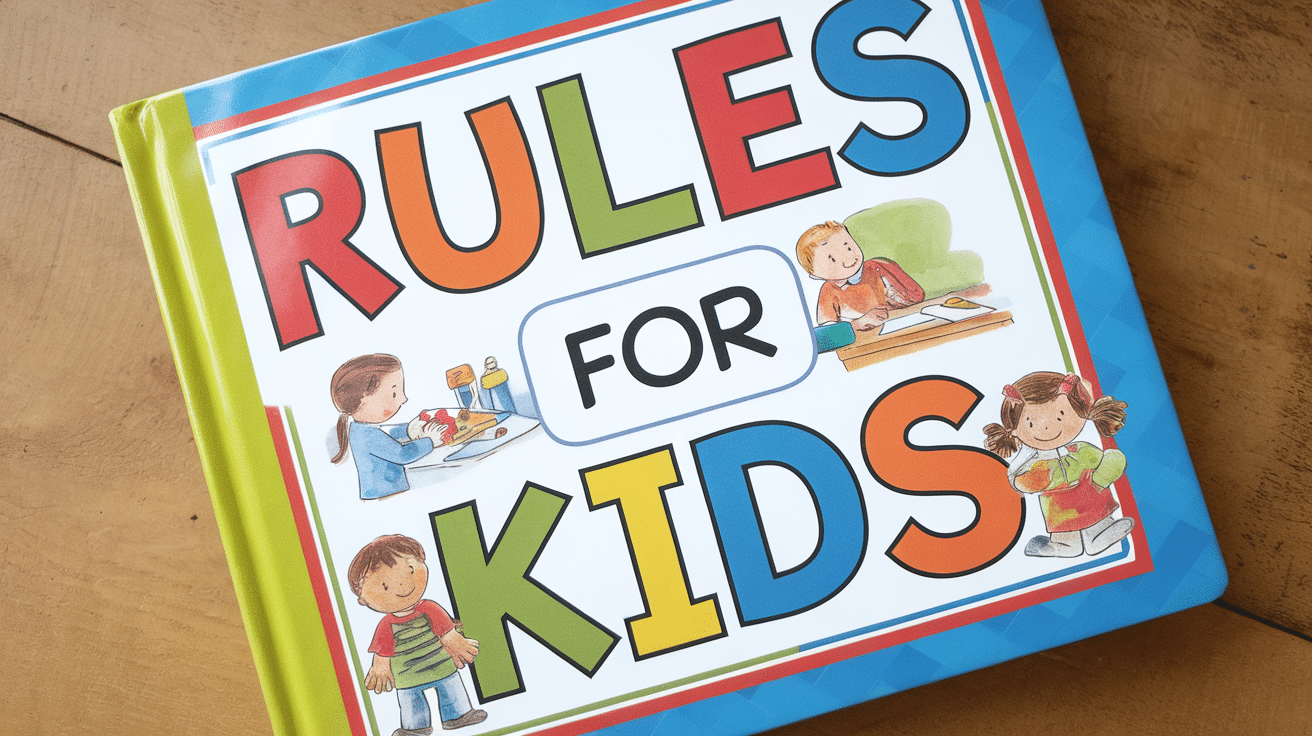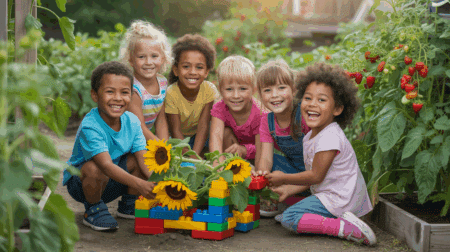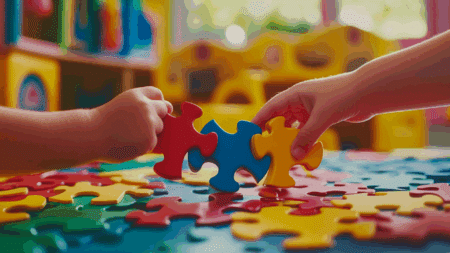Some days, it feels like you’re repeating the same rules over and over again. Kids forget. They push boundaries. They test limits. That’s part of learning, but it can wear you down.
One thing that helps? A good story. In this blog, I’m sharing a collection of books about following rules at school that work.
These stories do more than entertain; they show what respect, patience, and kindness look like in real life. You’ll find books that help build conversations and build habits that stick. So let’s get started.
Why Following Rules at School Matters
Rules give kids structure, help them feel secure, and guide their actions. They support learning, encourage fairness, and teach children how to behave with others.
Learning Boundaries and Respect
Children thrive when they understand where limits begin and end. Rules create a safe space where kids know what’s okay and what’s not.
This helps them make better choices and feel confident. When you teach rules with kindness, you also teach respect for themselves, others, and their environment.
Rules aren’t just about saying “no,” they’re about showing kids how to treat people well, take turns, speak kindly, and understand the value of shared spaces.
Common Challenges Kids Face
Young children often struggle with controlling their actions or waiting for their turn. You may notice blurting out, interrupting, or ignoring simple directions.
Some kids hit when they feel frustrated or grab toys without asking. These behaviors are common, particularly in group settings such as classrooms or playdates.
The problem isn’t usually due to evil intentions; it’s that kids are still learning how to manage big feelings and navigate new situations.
Top Books About Following Rules at School
These picture books help children understand rules in a fun and straightforward way. Each story covers behavior, safety, or respect using characters kids can connect with.
1. David Goes to School by David Shannon
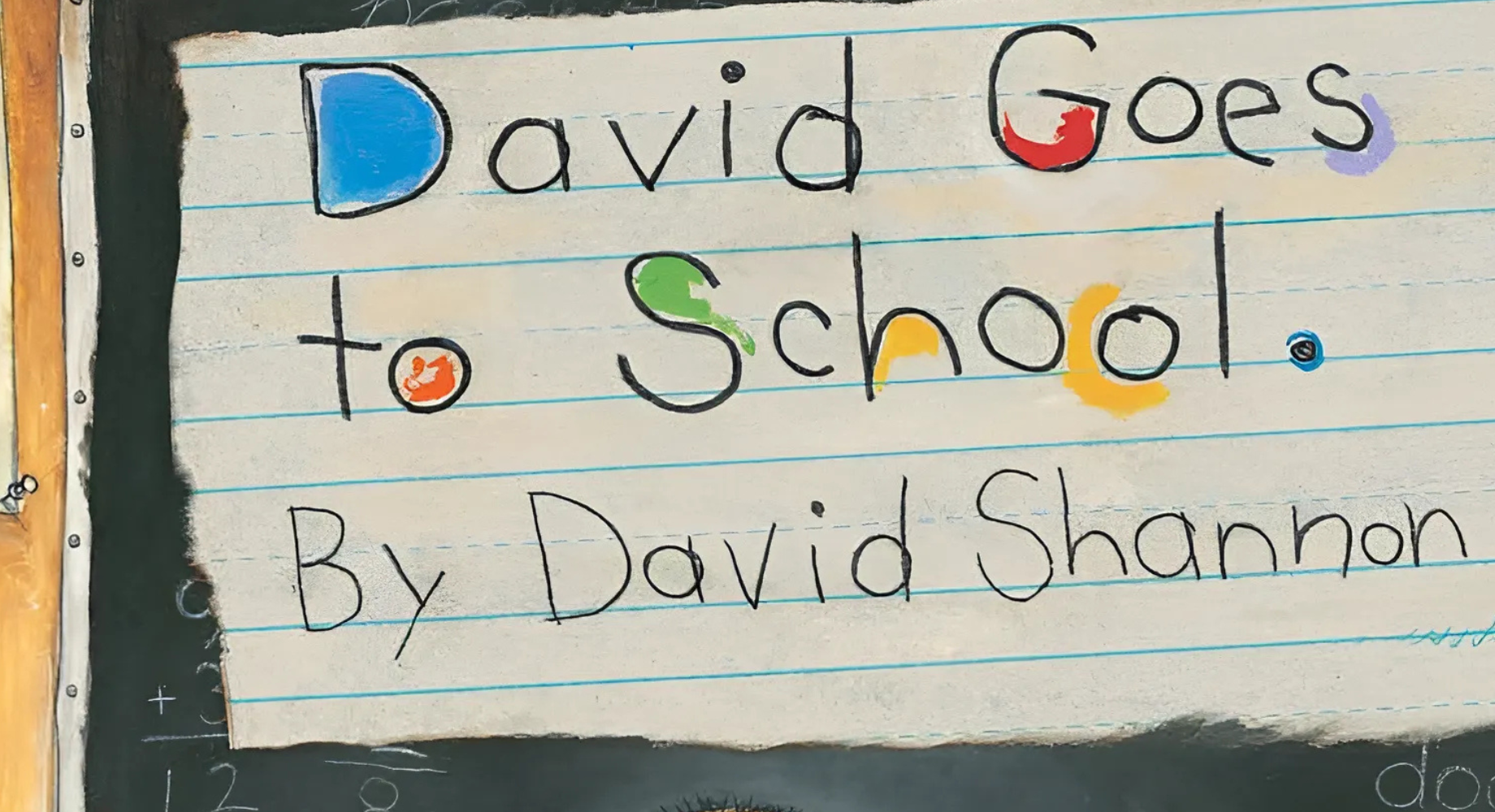
David Goes to School is a story about David, who is always getting into trouble—from running in the halls to yelling out in class, he breaks almost every rule.
However, as the story unfolds, David begins to understand why those rules exist. This book uses humor and familiar situations to show kids how rules help everyone learn and stay safe.
It’s an excellent read for children who need a gentle reminder that good behavior matters and that mistakes are part of the learning process.
2. Officer Buckle and Gloria by Peggy Rathmann
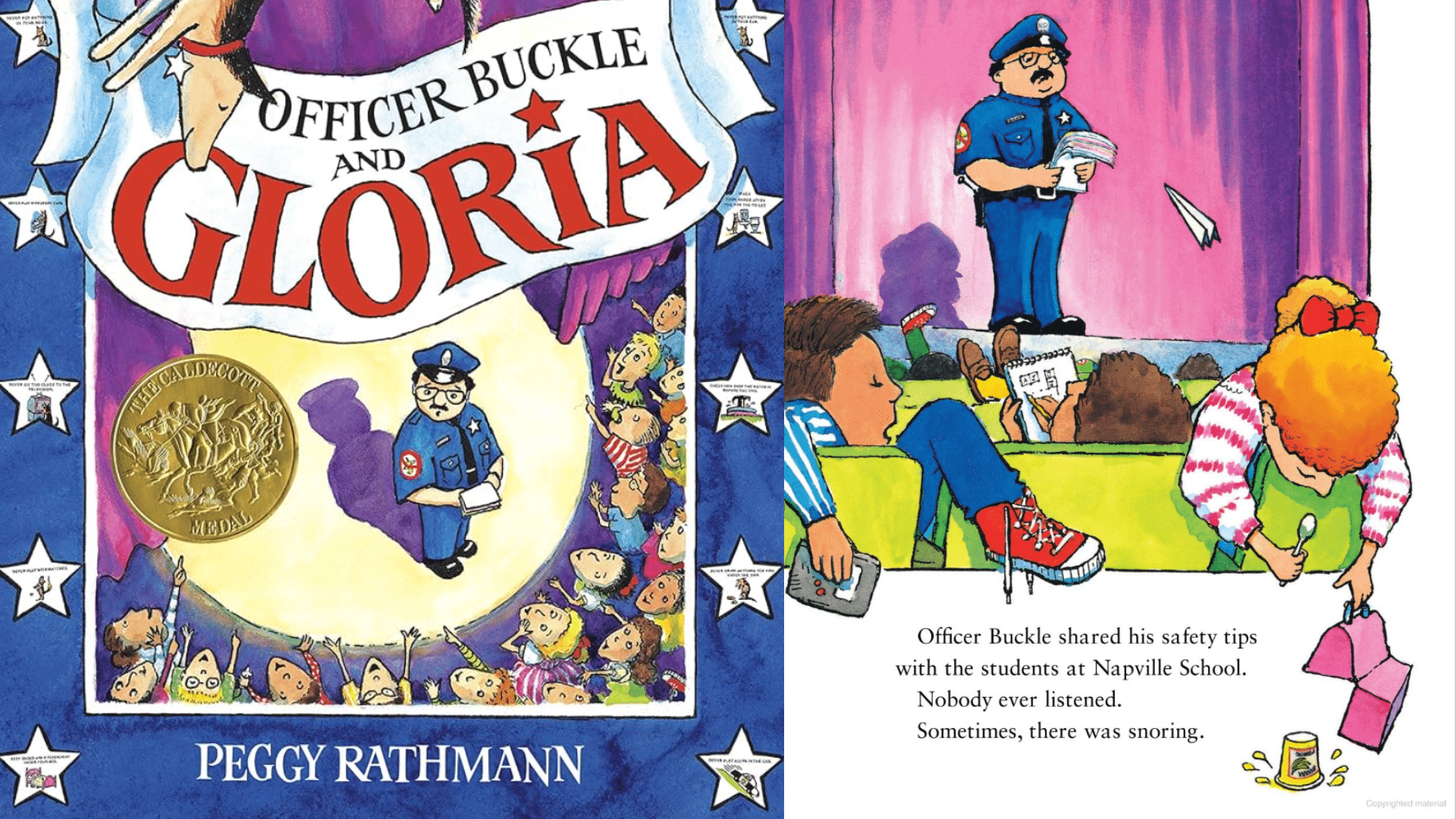
In Officer Buckle and Gloria, Officer Buckle gives boring safety talks until Gloria, the police dog, joins him. Kids start paying attention, and accidents go down.
But when Officer Buckle realizes Gloria has been stealing the show, he quits. What follows is a lesson in teamwork, trust, and sticking to what’s right.
This book helps kids learn safety rules in a fun way, while showing the value of listening and working together. It mixes laughs with real lessons about school safety.
3. My Mouth Is a Volcano by Julia Cook
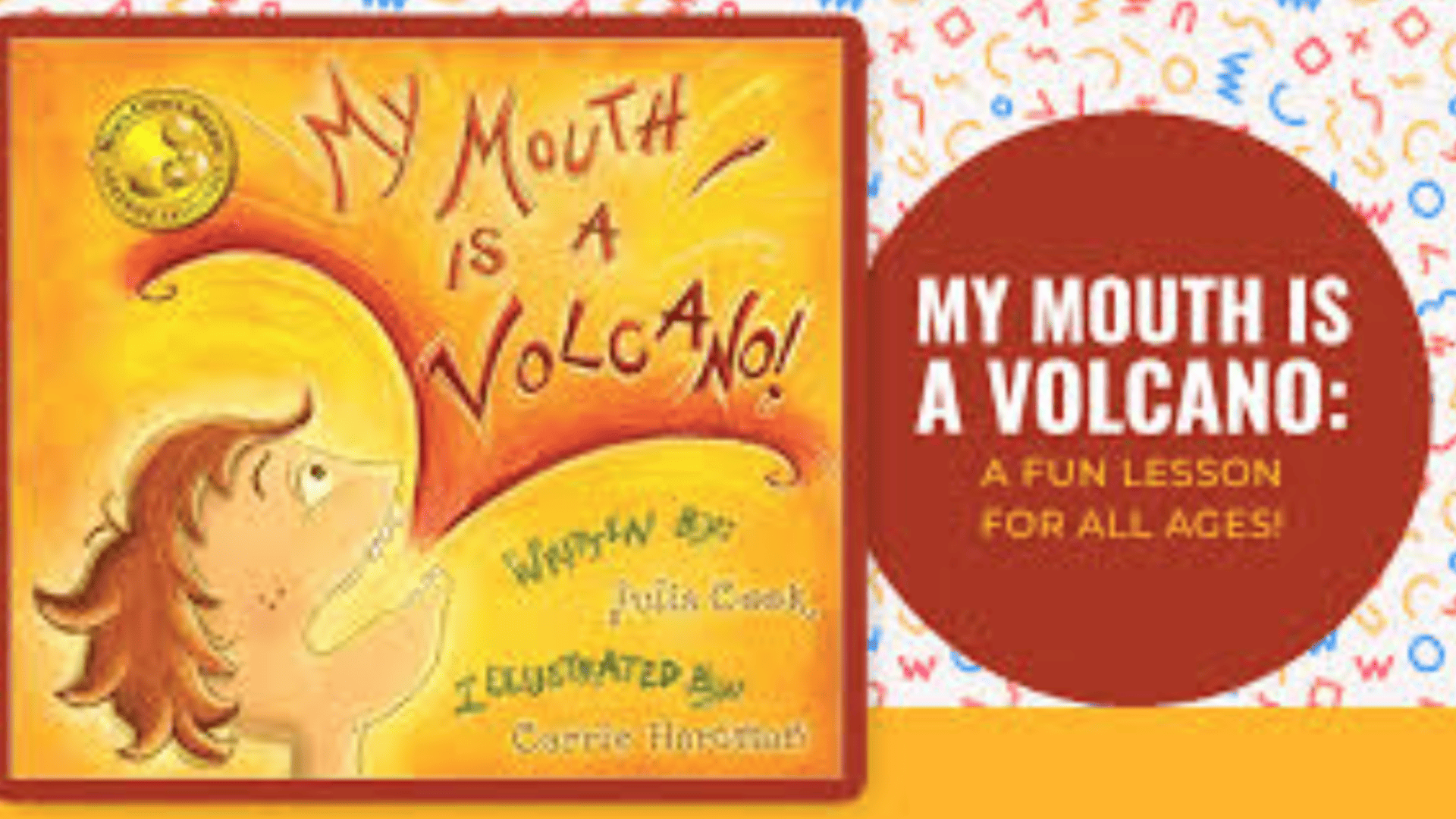
In My Mouth Is a Volcano, Louis can’t stop talking. He interrupts everyone—teachers, friends, even his parents. His words feel like they’re going to burst out like a volcano!
Through his experiences, Louis learns what it feels like to be interrupted and how to handle those urges. This book helps children learn how to wait their turn and understand the importance of listening.
It’s perfect for kids who struggle with blurting and need help learning patience during conversations.
4. Do Unto Otters by Laurie Keller
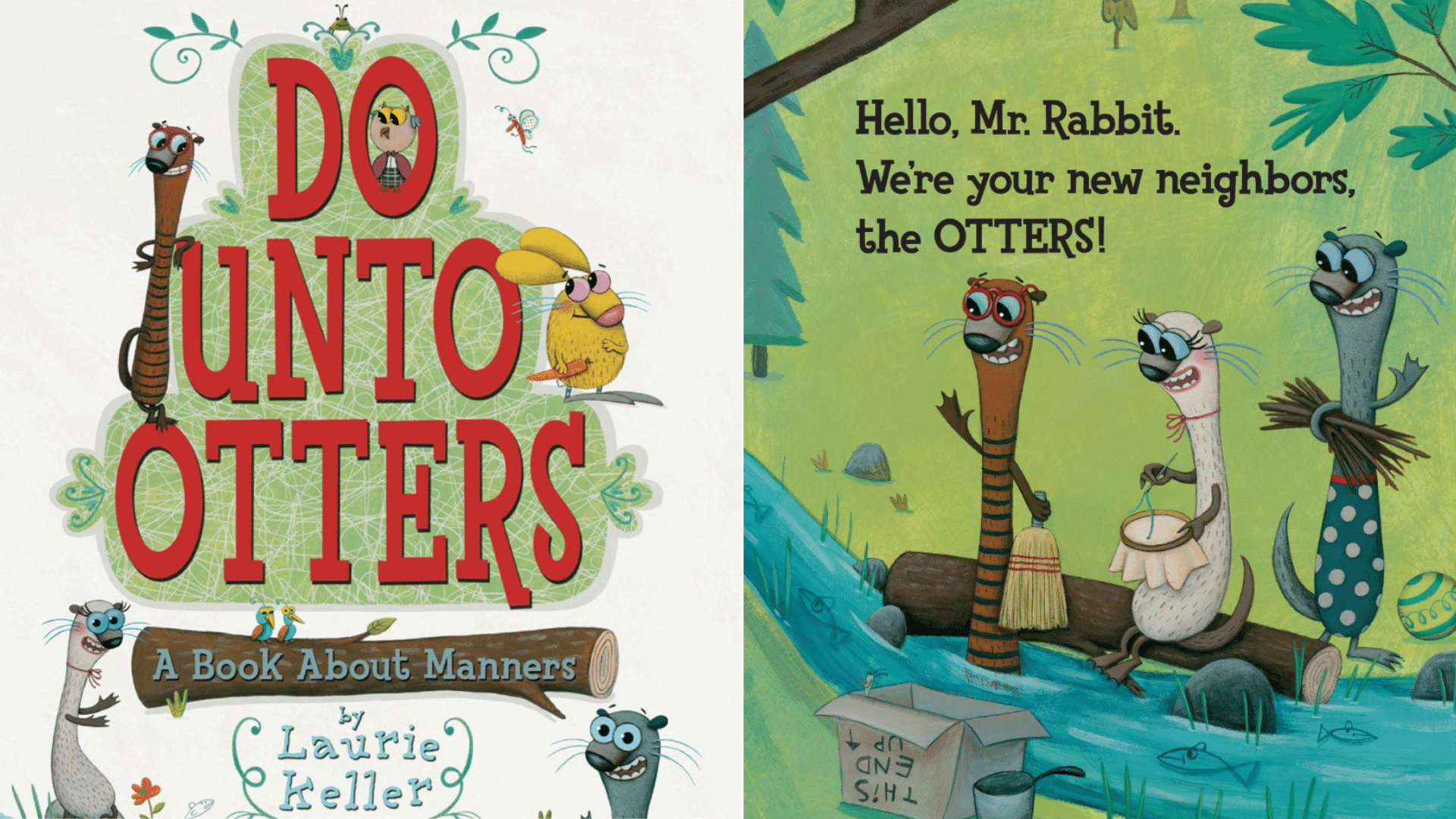
Do Unto Otters follows Rabbit as he learns that the best rule is simple: treat others as you would like to be treated.
This book turns manners and kindness into an easy-to-understand message. With fun animals and silly dialogue, kids learn how politeness, sharing, and forgiveness are essential.
It’s a friendly way to show how good behavior builds strong friendships and happy classrooms.
5. What If Everybody Did That? by Ellen Javernick
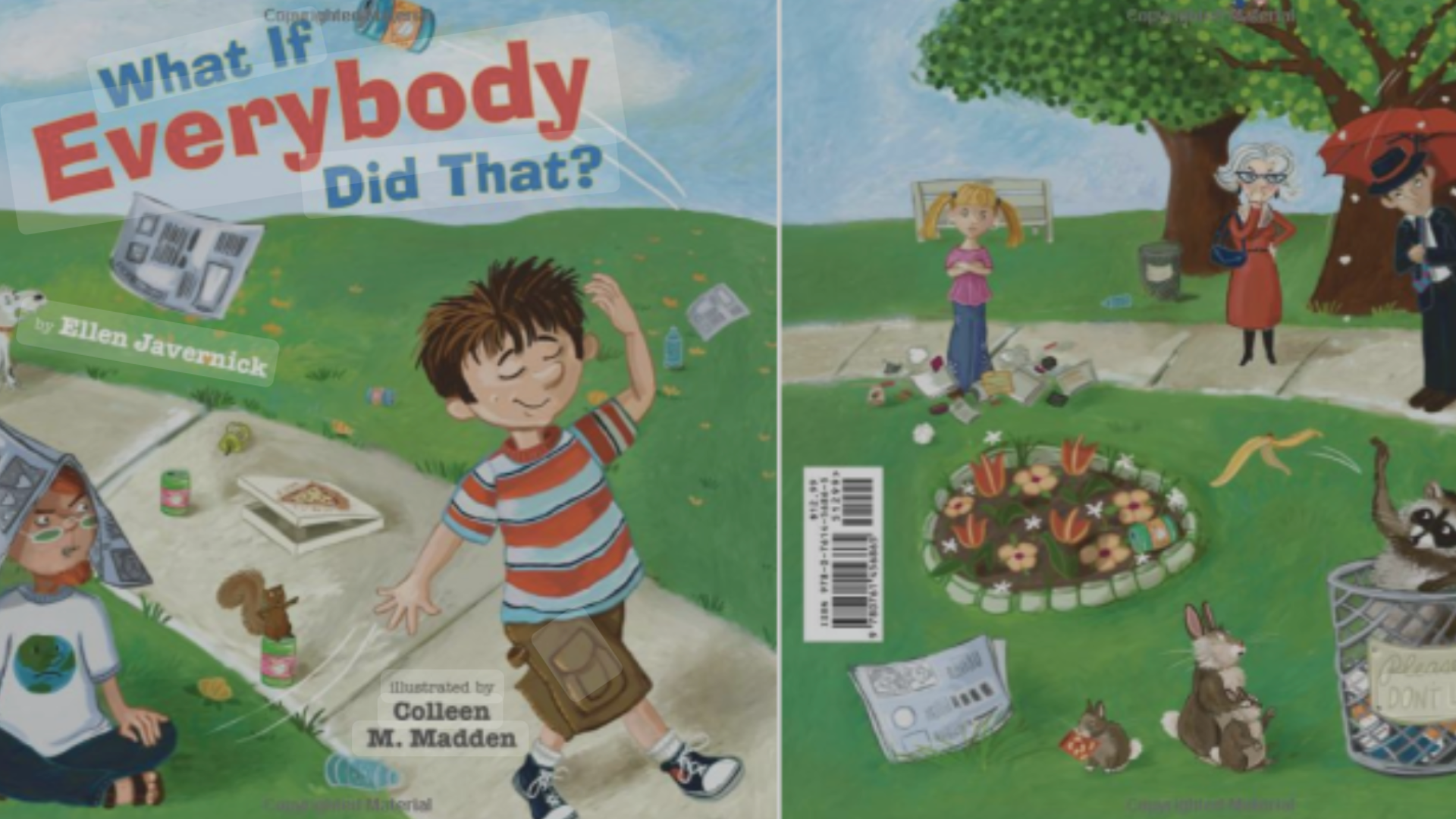
What If Everybody Did That? One small action might not seem like a big deal until everyone does it.
Throwing trash, cutting in line, or yelling out all have consequences when repeated by many. This book uses everyday situations to explain cause and effect in a way kids understand.
It encourages children to think before they act and see how their choices affect others.
The story’s clear examples help kids connect rules to fairness and care for the community.
6. Personal Space Camp by Julia Cook
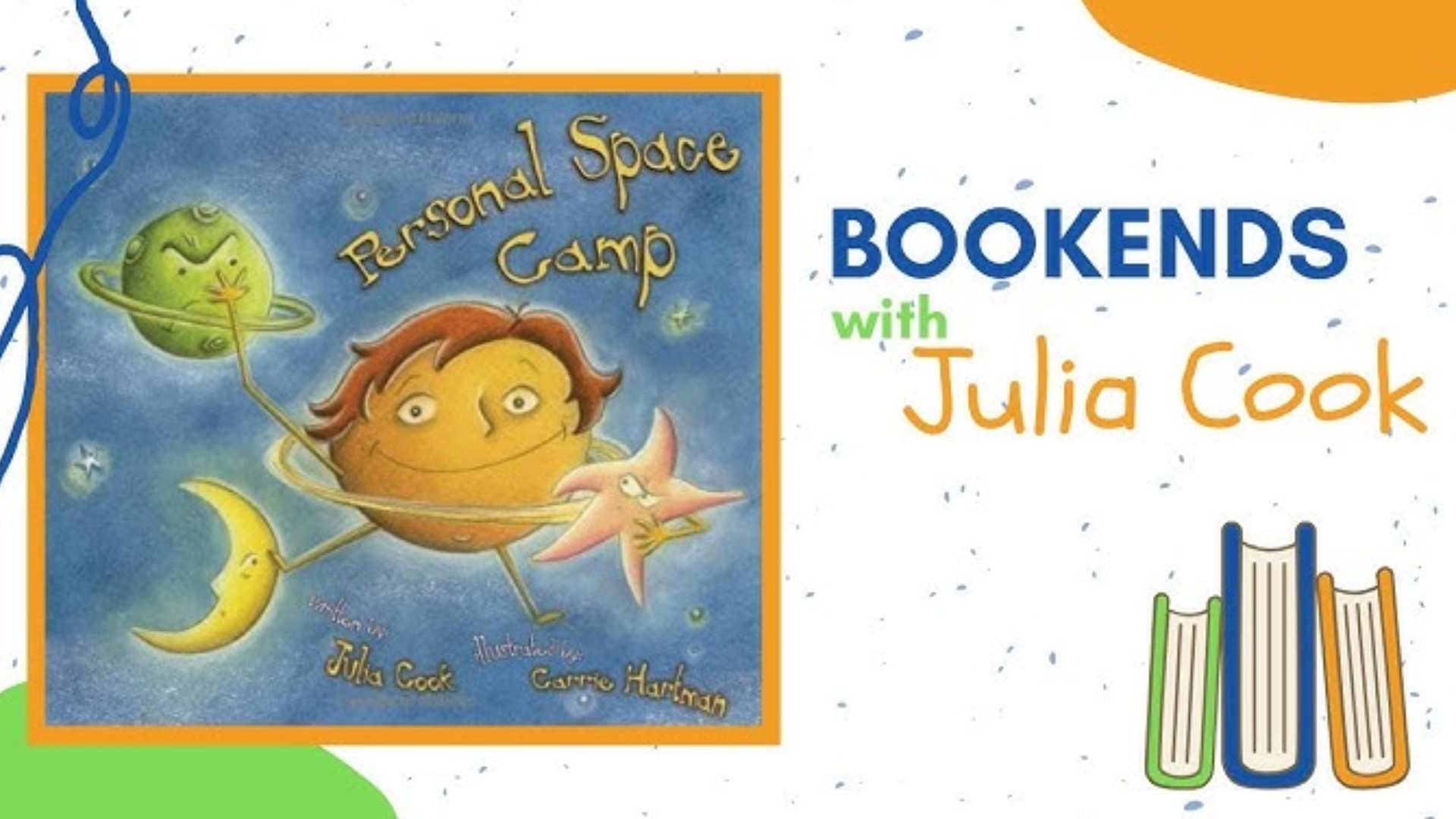
Personal Space Camp features Louis, who doesn’t understand personal space; he stands too close, touches others, and gets in trouble.
At an imaginary camp, he learns what space means and why it matters. This book employs humor and straightforward examples to help children understand social boundaries.
It’s great for kids who struggle with body awareness or have trouble controlling their hands.
It teaches respect for others in a way that’s both fun and non-strict.
7. Interrupting Chicken by David Ezra Stein
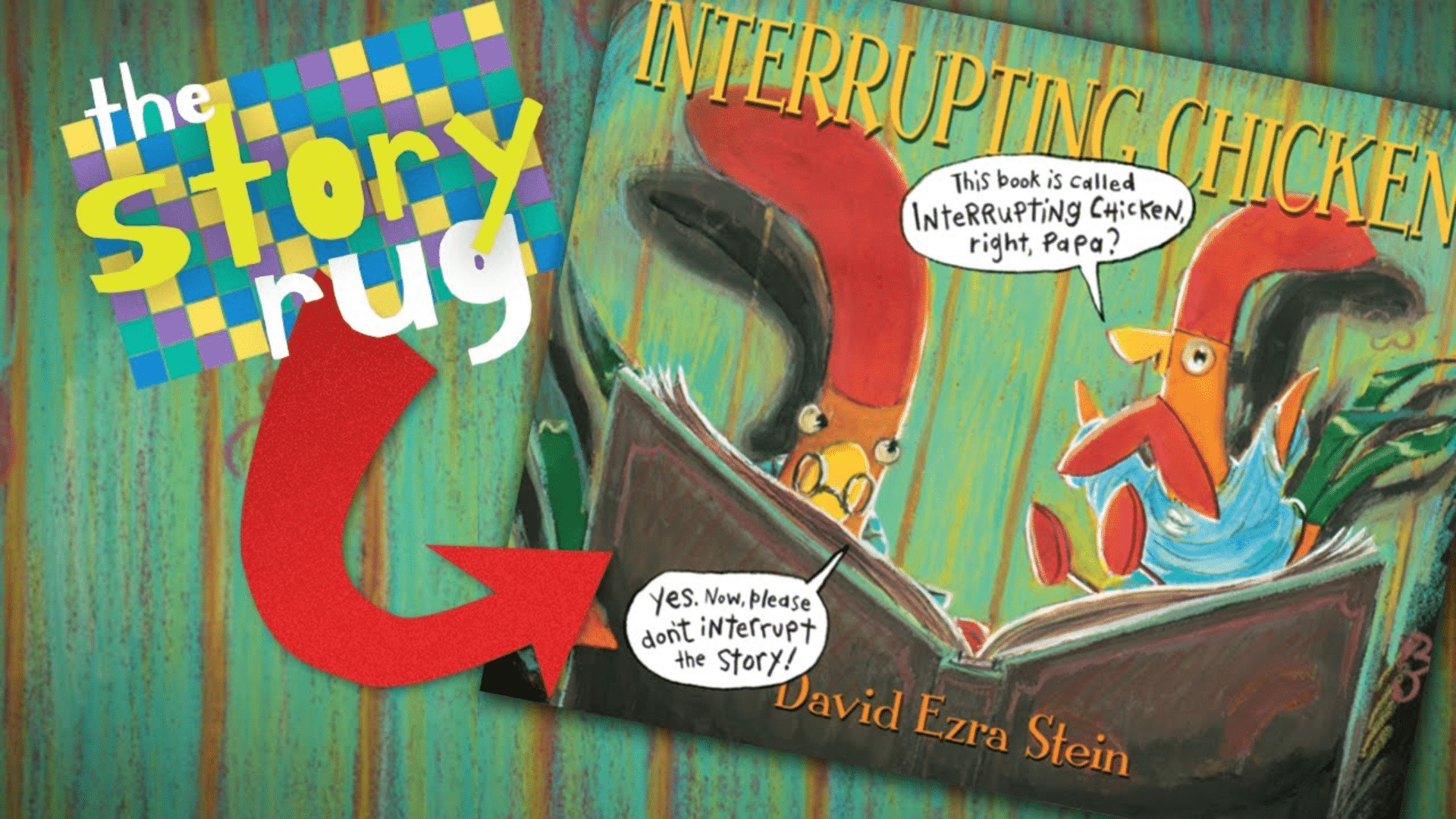
In Interrupting Chicken, Little Chicken loves bedtime stories, but she can’t stop interrupting. Every time her papa starts reading, she jumps in to finish the tale.
It frustrates Papa, but it also helps Chicken realize that listening matters. This story playfully tackles a common issue for kids: waiting.
It encourages them to listen fully before jumping in and helps them understand the flow of conversation. The silly tone makes the message easy to accept and remember.
8. The Recess Queen by Alexis O’Neill
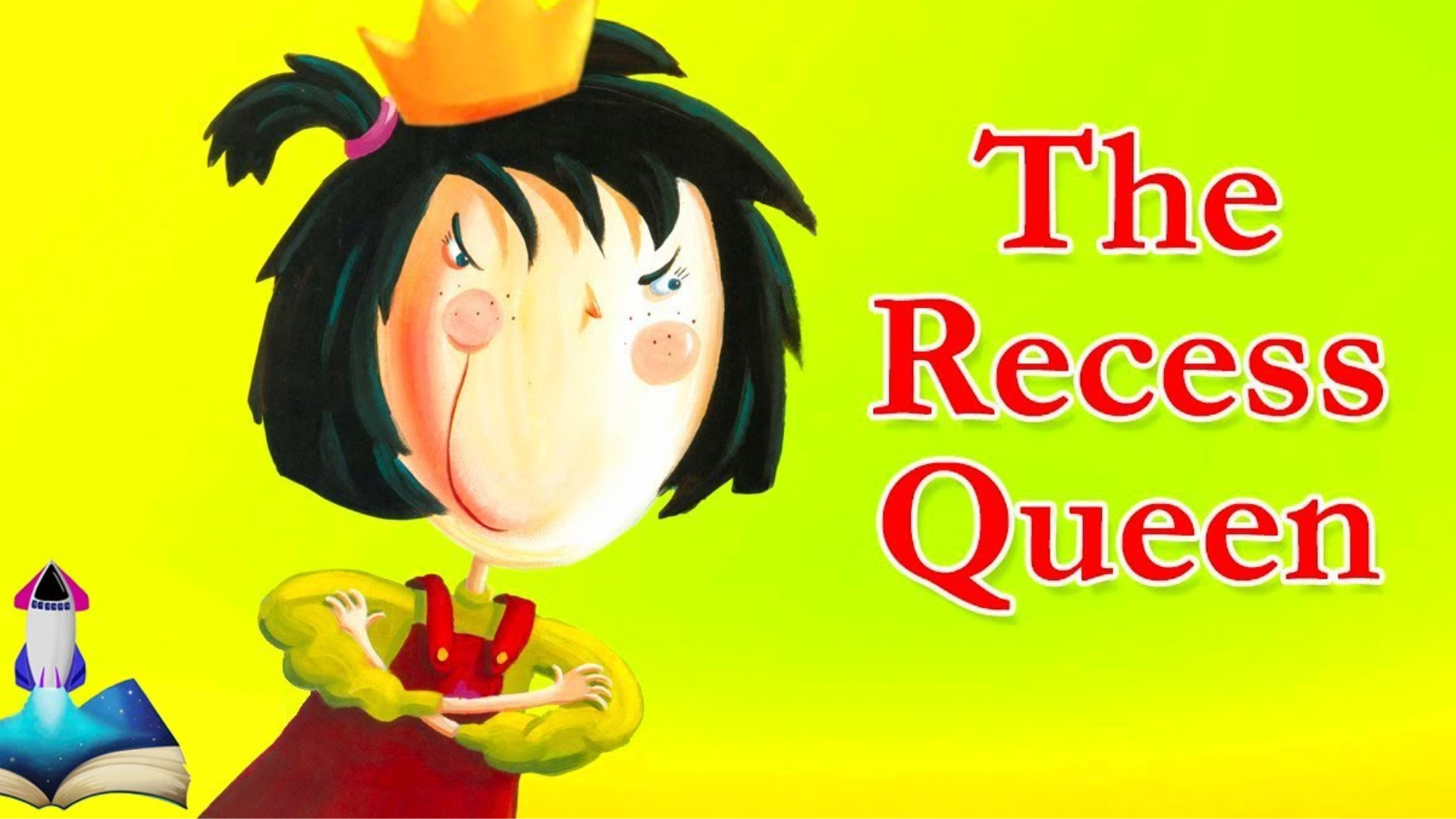
The Recess Queen tells the story of Mean Jean, who rules the playground until a new kid arrives and does something different: she’s nice.
This book shows how kindness and self-assertion can influence group behavior. Kids learn that playground rules aren’t just about safety, they’re about respect and friendship.
It’s a great pick for children who need help managing aggressive behavior or learning how to be a good friend in unstructured settings, such as recess.
9. Miss Mingo and the Fire Drill by Jamie Harper
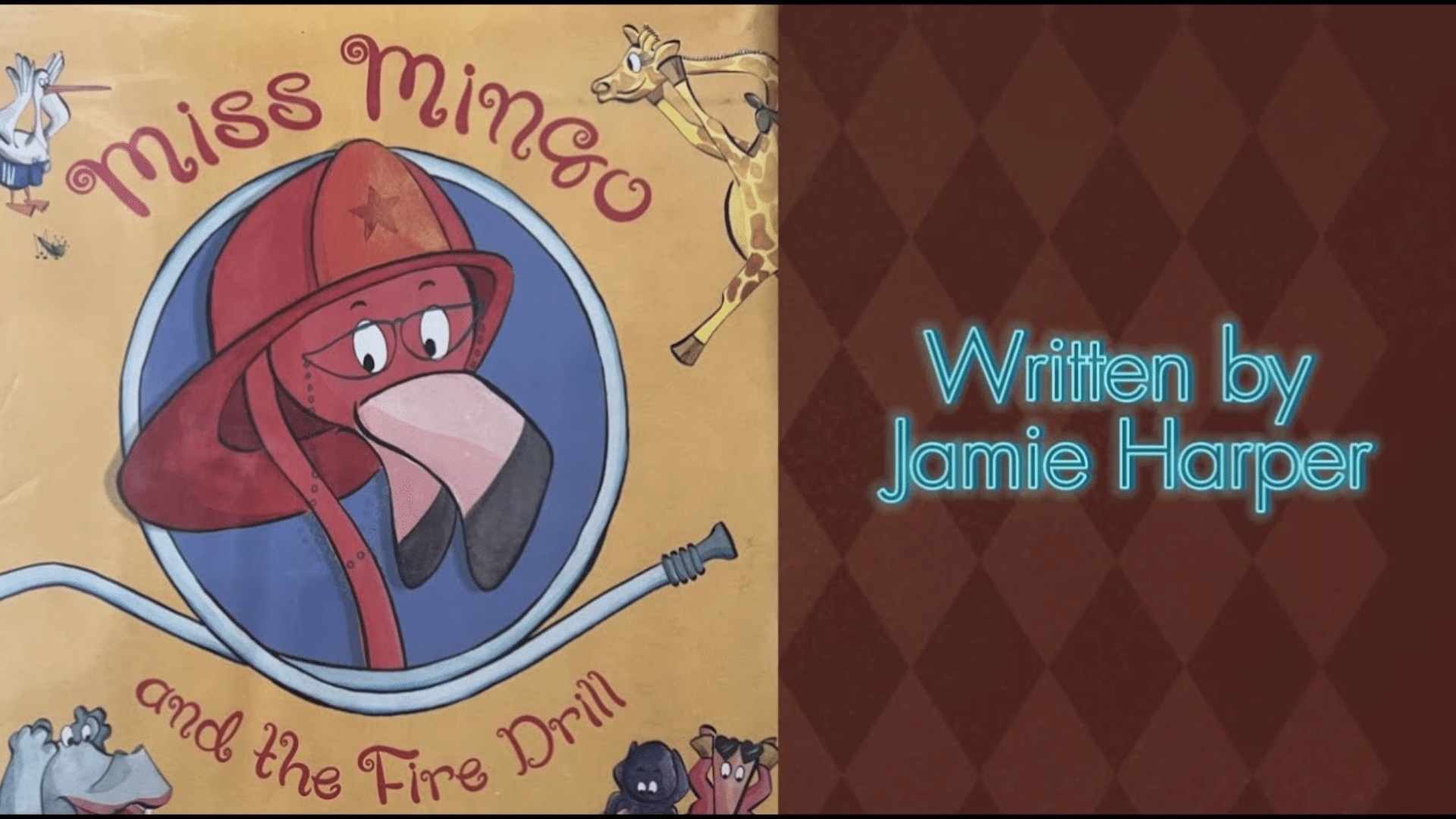
Miss Mingo and the Fire Drill introduces a class preparing for a fire drill, with every animal reacting uniquely.
From nervous to noisy, the characters show how fire drills can feel different for everyone. This book gently explains why drills are essential and offers guidance on how to stay calm during them.
With fun animal facts and bright illustrations, kids learn about school safety routines without fear. It helps prepare students for genuine emergencies in a thoughtful way.
10. What Should Danny Do? by Ganit and Adir Levy
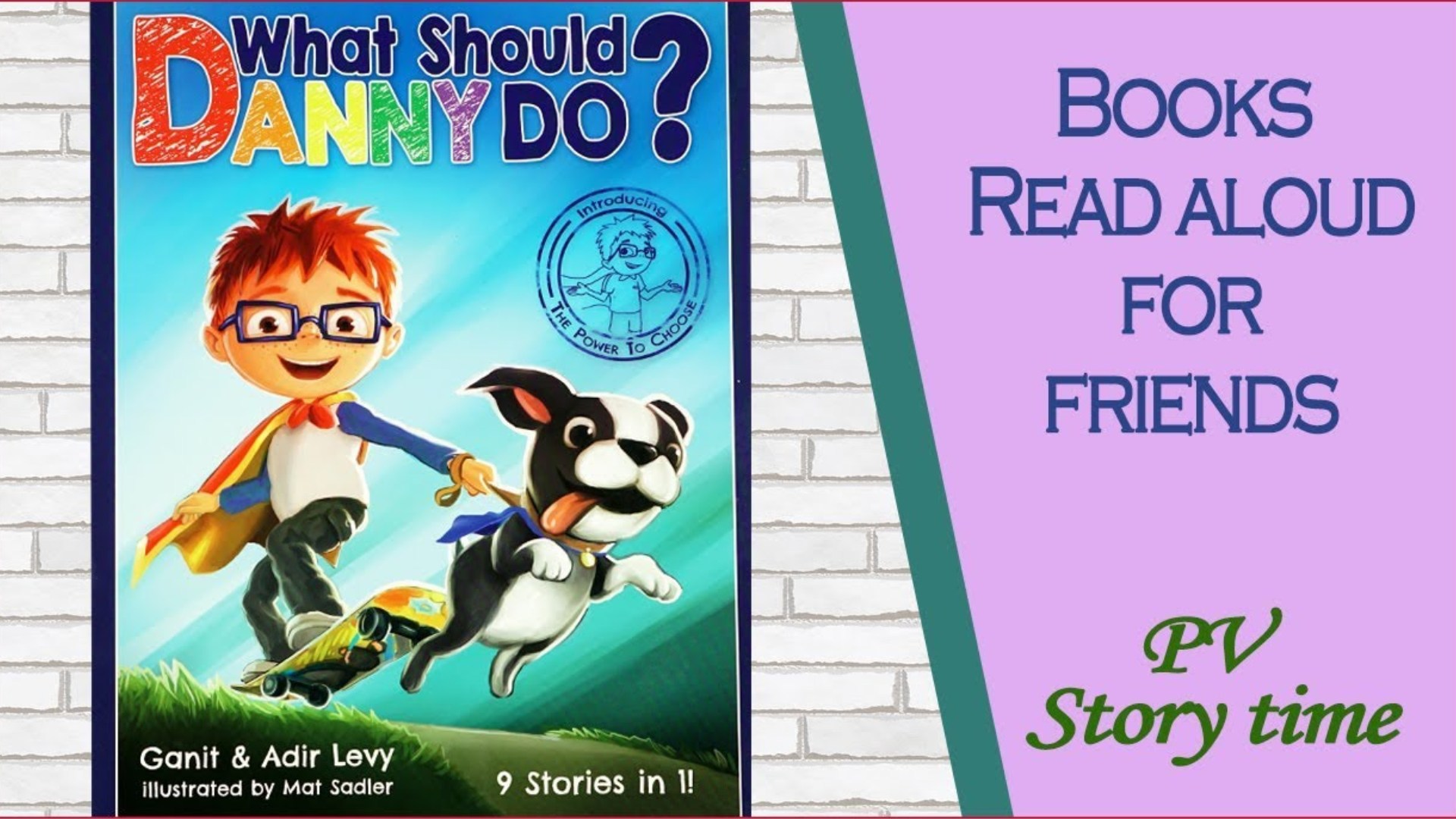
In What Should Danny Do?, Danny is a superhero-in-training who faces everyday choices: should he shout when upset or use his words? Should he share or grab a toy?
This interactive book allows kids to decide what Danny does next, offering multiple story paths based on their choices.
It shows kids that choices have consequences and that following rules leads to better outcomes. The interactive format builds responsibility and decision-making in a fun, hands-on way.
11. Listening with My Heart by Gabi Garcia
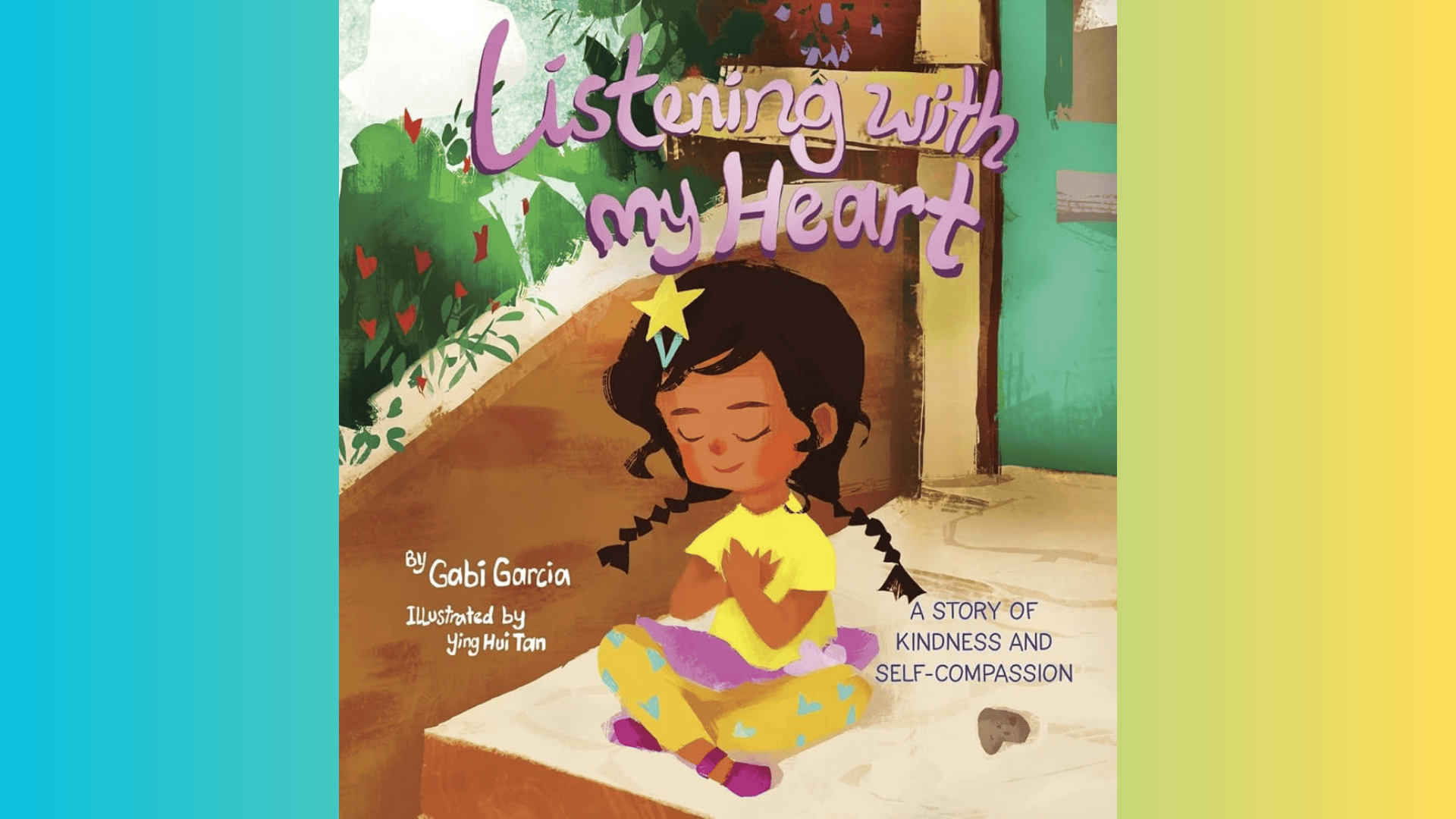
In Listening with My Heart, a young girl learns that kindness isn’t just for others, it’s also for herself. The story explores empathy, self-awareness, and how emotions influence behavior.
It’s a strong pick for classrooms that emphasize emotional safety and respectful choices. Children observe how inner calmness and self-control lead to more effective actions in group settings.
12. Decibella and Her 6-Inch Voice by Julia Cook
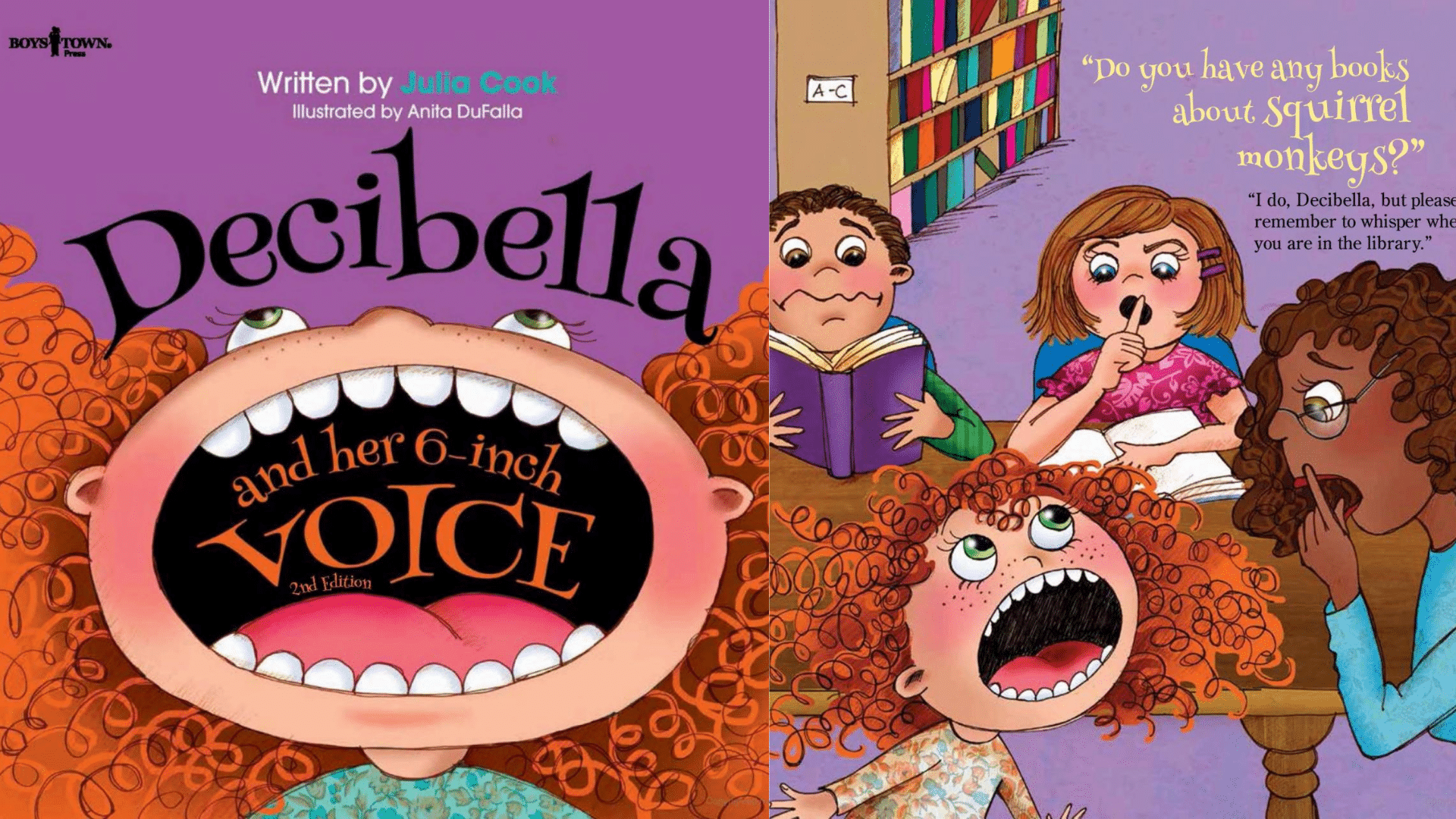
Decibella and Her 6-Inch Voice introduces Isabella, a girl who speaks too loudly in every setting. She doesn’t understand how her voice affects those around her until a teacher steps in.
The book teaches voice control by introducing five voice levels in a way that’s easy for children to understand.
Kids learn when to speak softly, when to speak up, and how to be more aware of their surroundings. It helps improve self-awareness and listening habits.
13. Do Unto Otters by Laurie Keller
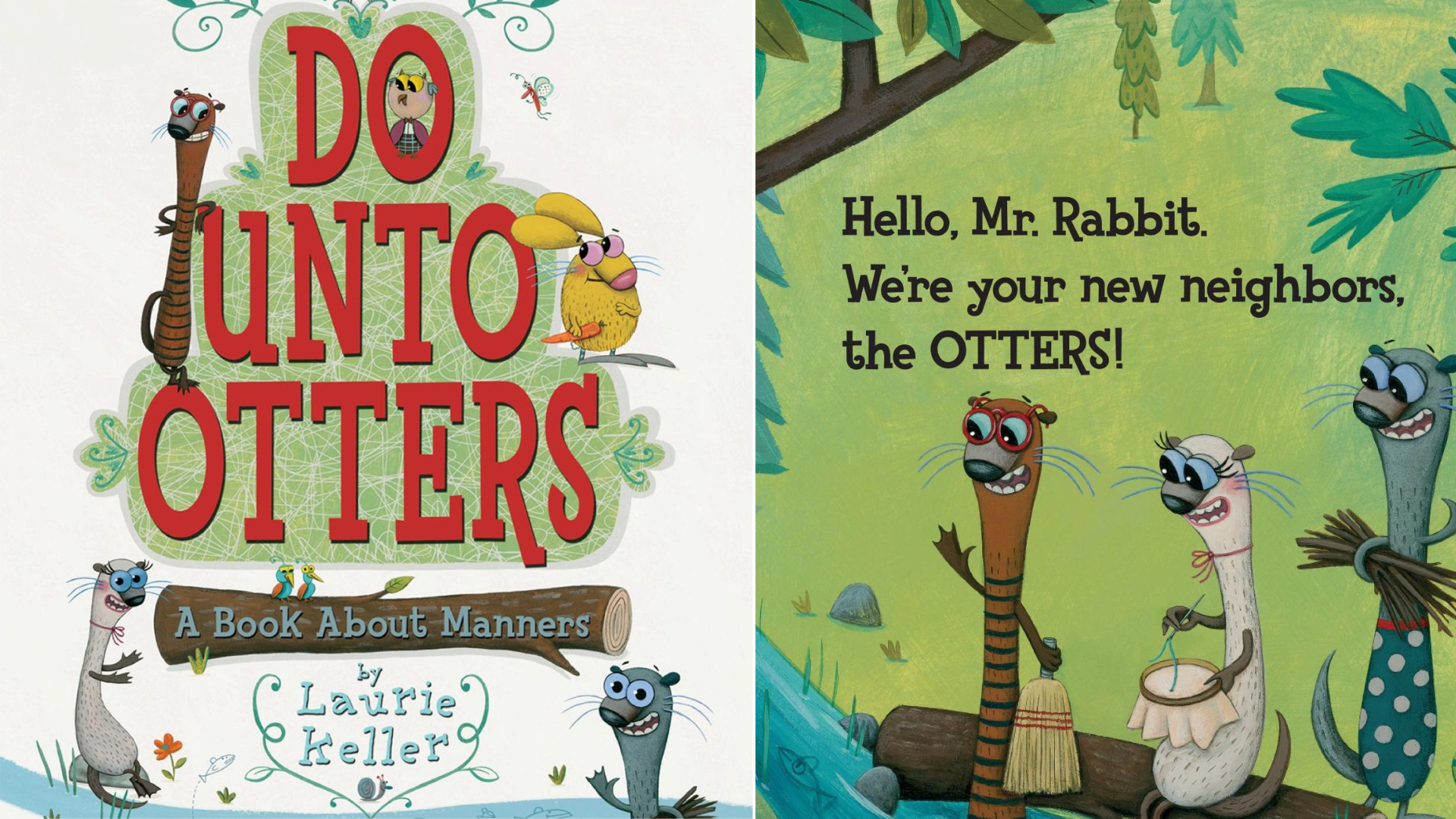
In Do Unto Otters, Rabbit feels unsure about his new neighbors. He remembers the rule of treating others the same way he wants to be treated.
This story uses friendly characters and light humor to teach kindness, respect, and good behavior. Children observe examples of polite actions, such as saying “please,” sharing, and apologizing.
The story encourages children to consider how their actions impact others. It’s a helpful book for building healthy relationships and classroom behavior.
14. Llama Llama Time to Share by Anna Dewdney
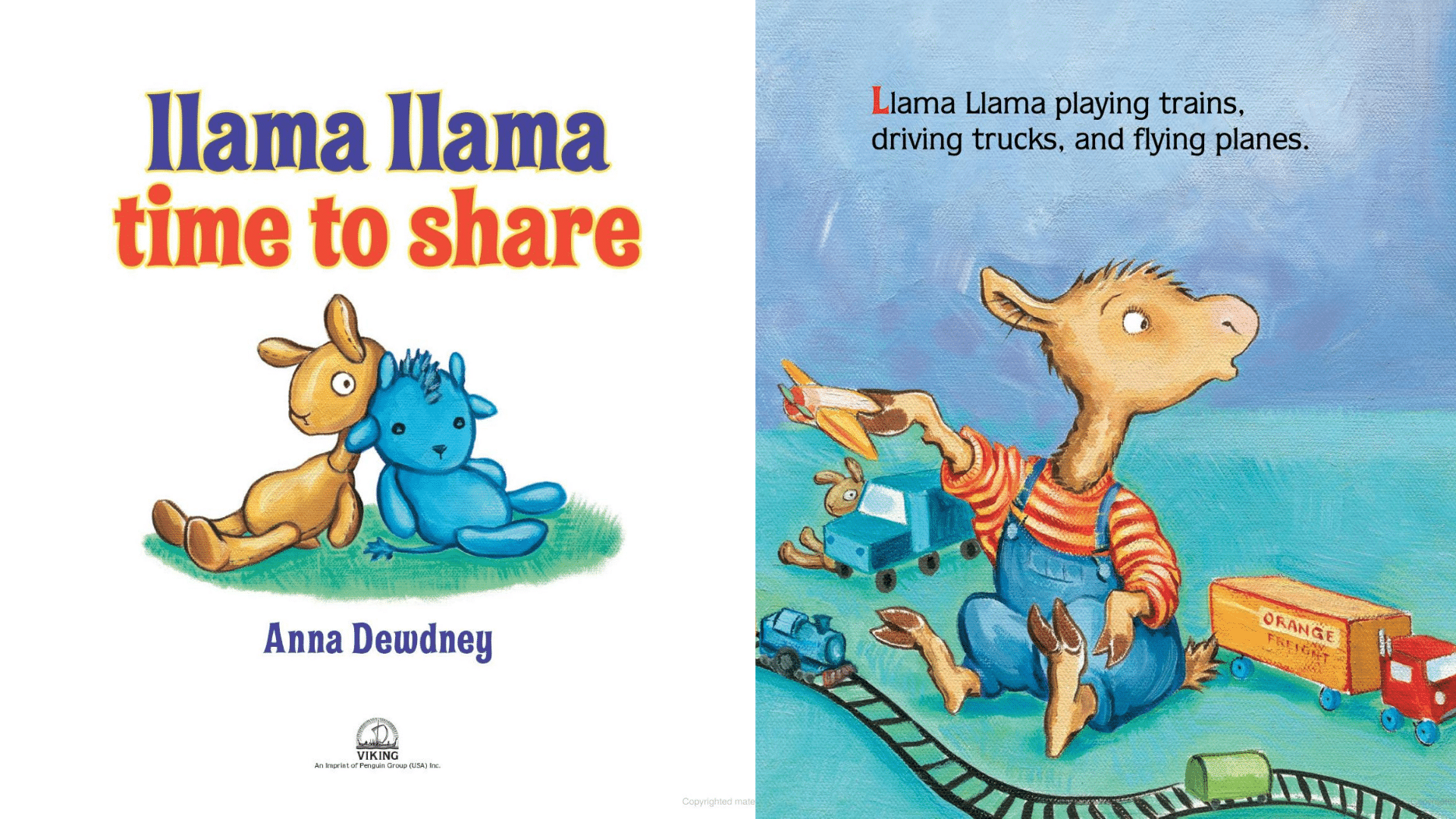
Llama Llama Time to Share tells the story of Llama Llama, who isn’t used to sharing his toys, especially with a new friend. But when things go wrong, he learns that sharing brings more fun than keeping things to himself.
This book focuses on emotional learning through simple words and warm illustrations. It helps children understand that it’s okay to feel uncertain, but it’s important to treat others fairly.
Sharing and patience are core lessons in this story, making it a strong pick for home or classroom reading.
15. Officer Buckle and Gloria by Peggy Rathmann
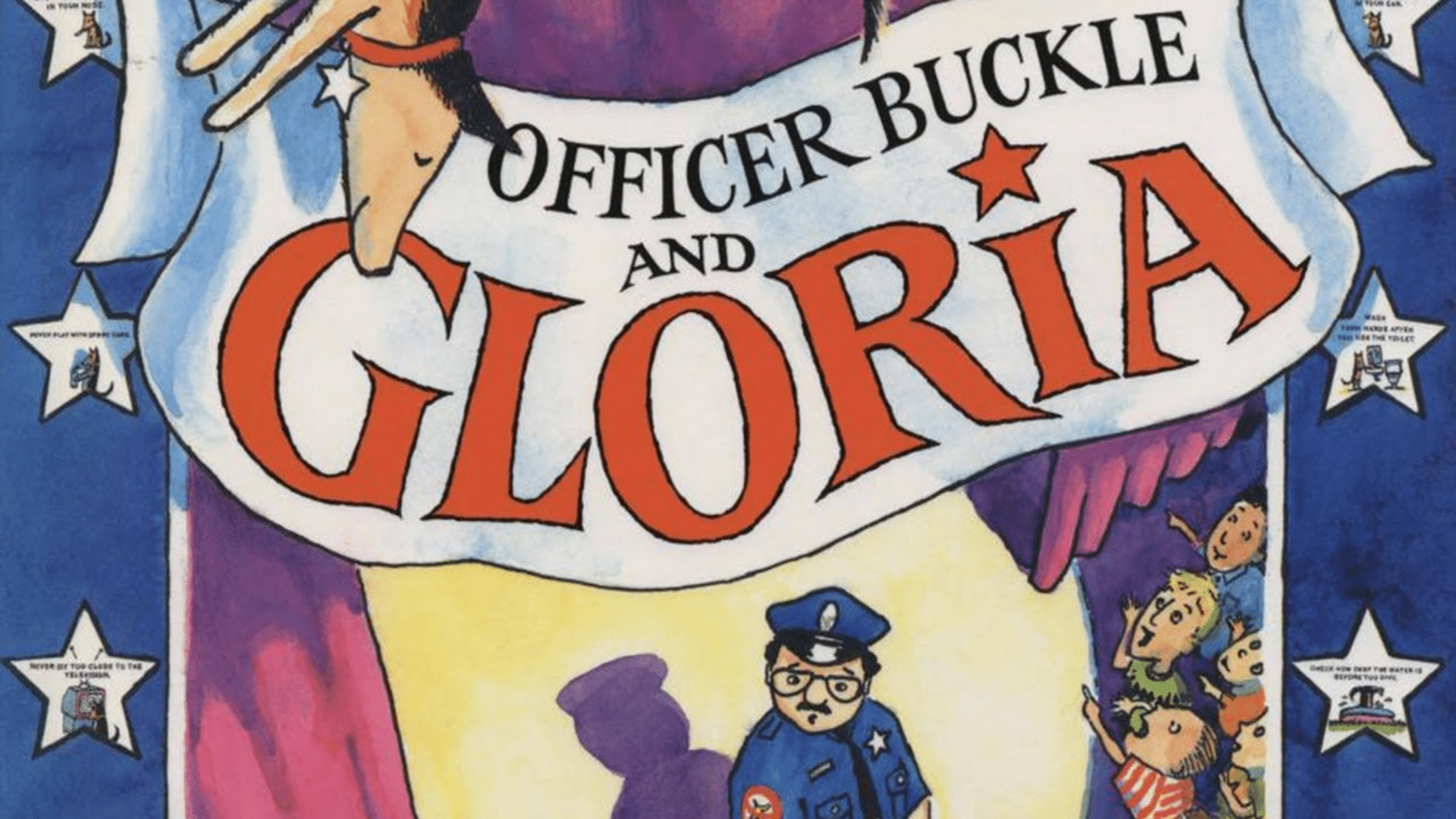
Officer Buckle and Gloria return here for their focus on safety and listening. When students start paying attention to his safety tips—thanks to Gloria the dog—Officer Buckle learns how teamwork improves learning.
The story shows that communication and support help kids absorb important lessons. This book introduces safety rules in a fun and easy way.
Children tend to remember what they’ve learned when the message is shared with energy, care, and even a touch of laughter.
16. Know and Follow Rules by Cheri J. Meiners
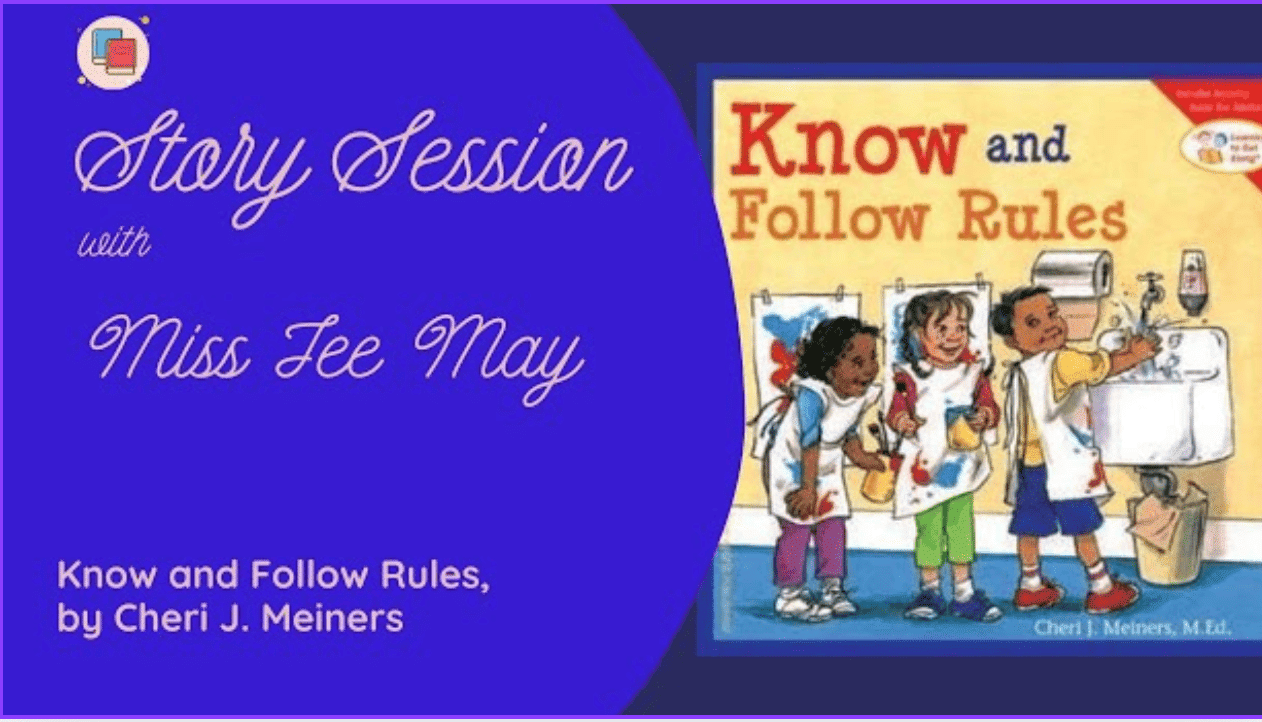
Know and Follow Rules introduces simple classroom rules in a way young children can understand. From taking turns to raising hands, each rule is explained with clear examples.
This book is ideal for preschool or kindergarten classrooms seeking to establish clear expectations early and foster a sense of community through consistent routines.
17. No Dragons for Tea by Jean Pendziwol
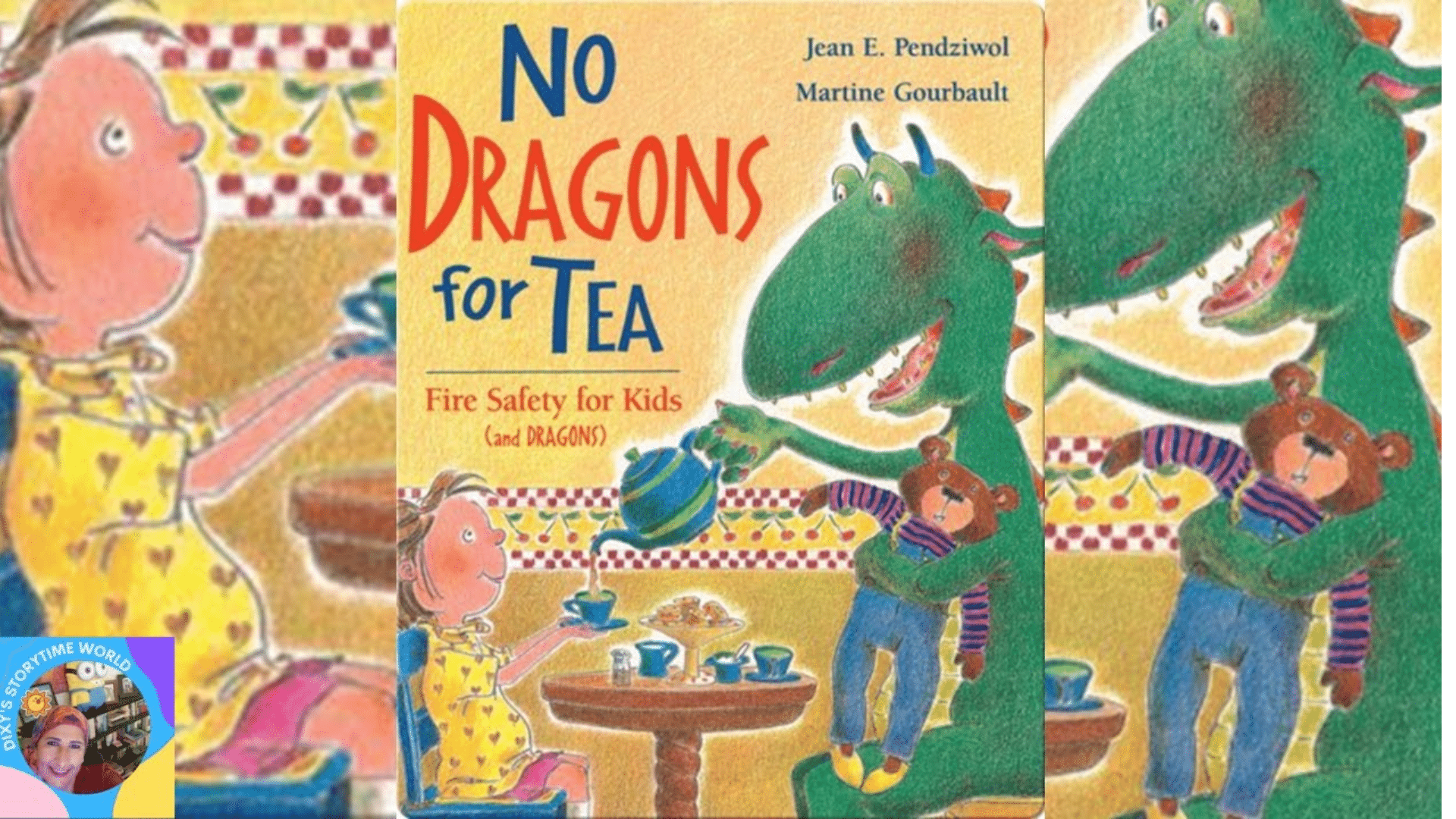
No Dragons for Tea is a fun story where a friendly dragon visits a tea party and accidentally starts a fire by sneezing flames.
The child host stays calm, follows safety steps, and helps lead the dragon outside. This book introduces fire safety in a gentle, non-scary way using rhymes and colorful illustrations.
It helps kids understand what to do in case of a fire, both at home and school, and supports emergency preparation through clear, comforting language.
18. No, David! by David Shannon
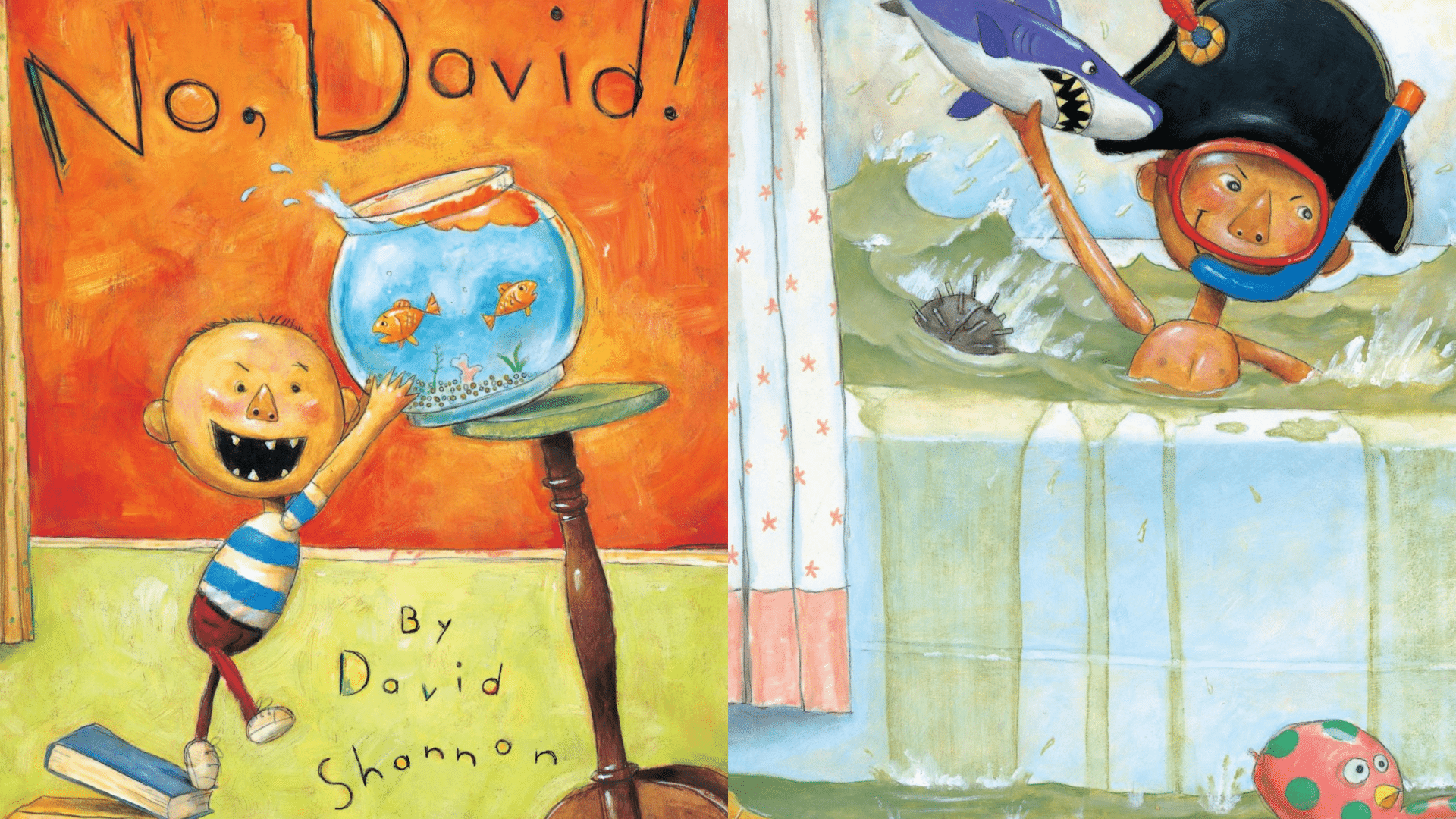
No, David! by David Shannon shows David doing everything from running indoors to ignoring rules, all followed by a loud “No, David!”
This book is concise, visually appealing, and easy for young children to follow. It helps them recognize behaviors that aren’t okay, while also showing that guidance comes from a caring perspective.
It’s perfect for introducing basic rules in a way that feels fun, light, and safe for preschool or early elementary kids.
19. Howard B. Wigglebottom Learns to Listen by Howard Binkow
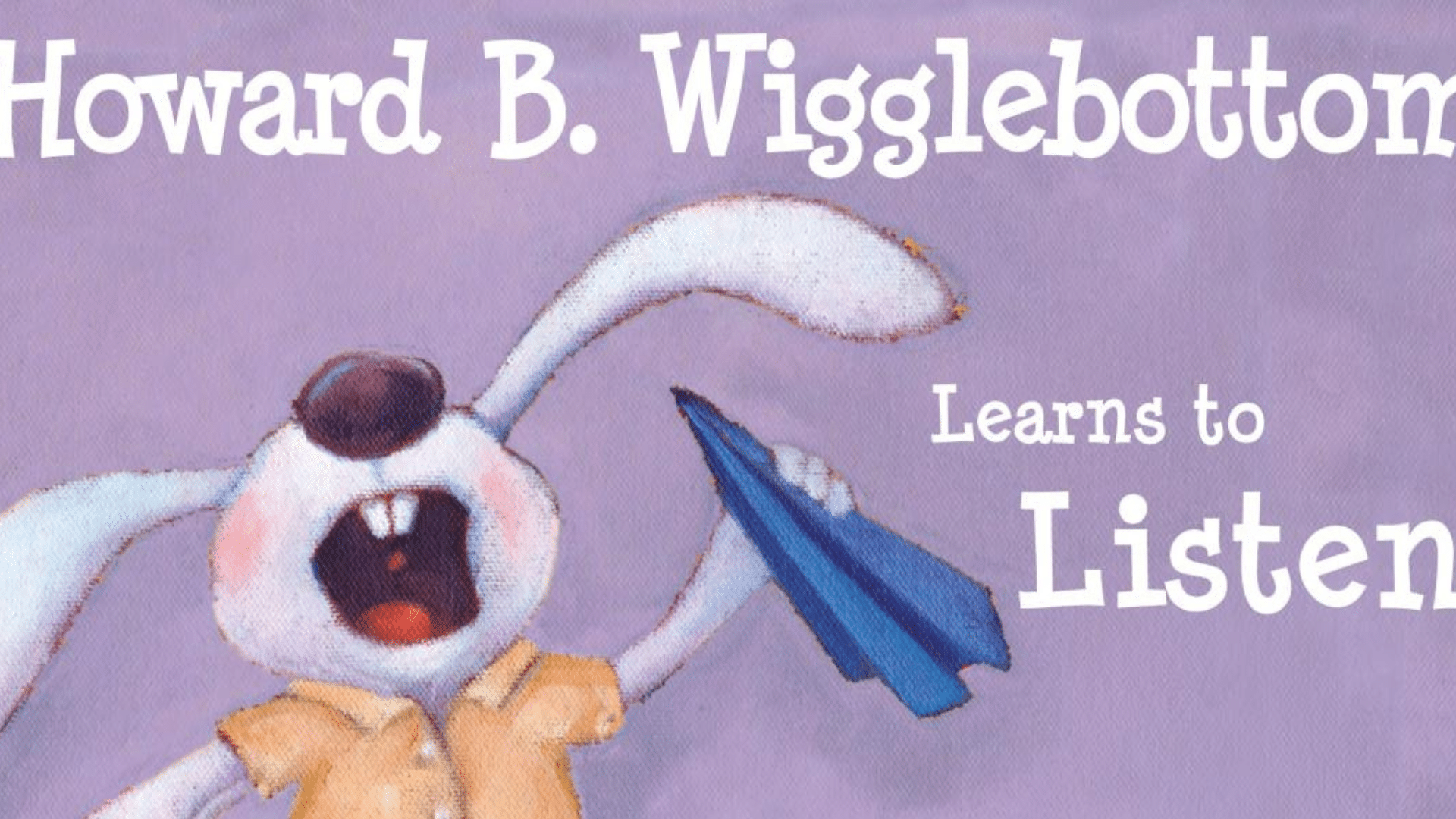
In Howard B. Wigglebottom Learns to Listen, Howard struggles to follow directions, and his choices often result in minor problems. As he starts listening, things improve at school.
This book utilizes repetition and familiar classroom settings to help young readers understand the importance of paying attention.
Kids will see themselves in Howard and learn how better listening can help with learning, safety, and getting along with others.
20. Hands Are Not for Hitting by Martine Agassi
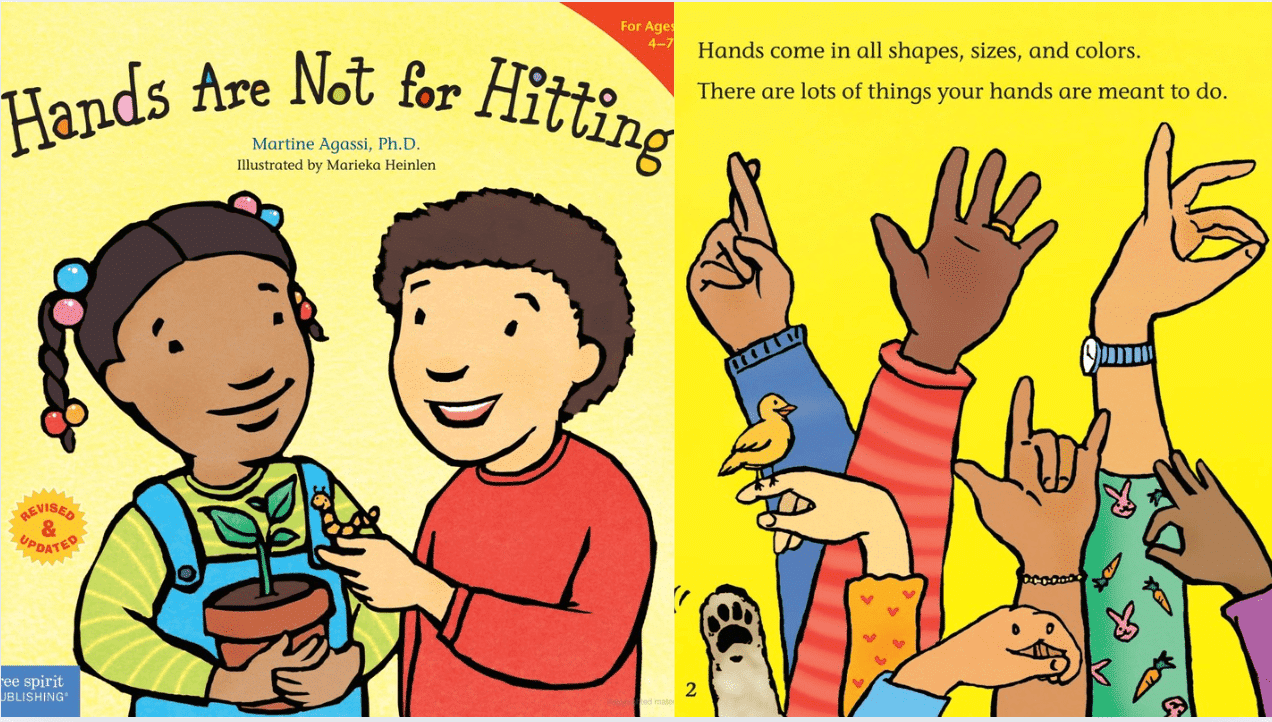
Martine Agassi’s Hands Are Not for Hitting teaches that hands should be used for helping, not hurting.
The book introduces simple ways to manage anger or intense emotions without resorting to force. It uses age-appropriate language to explain that hitting isn’t okay and offers clear, calm solutions.
Kids also learn what hands can do, like waving, building, or hugging. It’s a strong choice for preschoolers and early learners who are working on developing self-control.
21. Germs Are Not for Sharing by Elizabeth Verdick
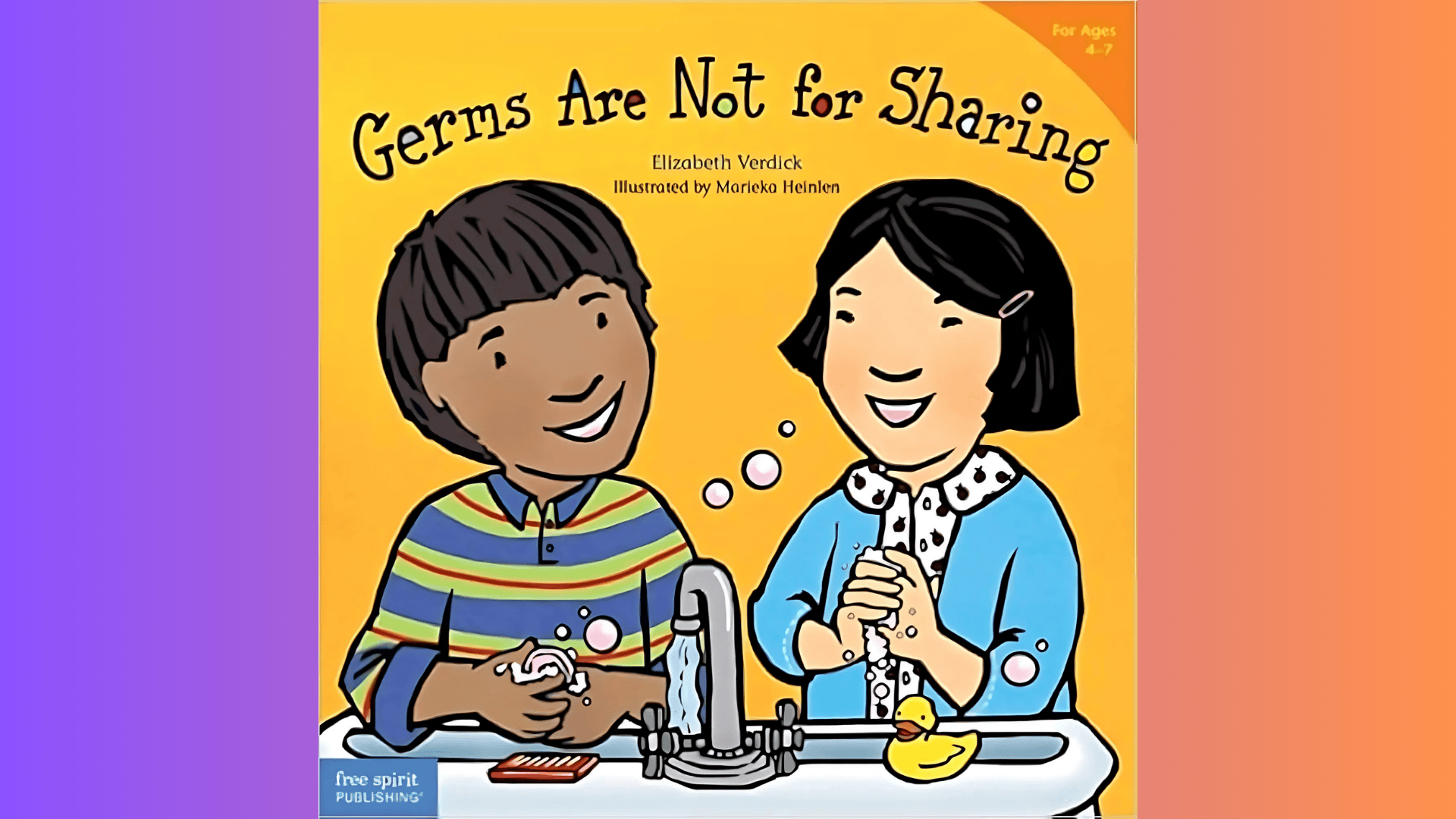
“Germs Are Not for Sharing” helps kids understand why hygiene rules matter, such as covering sneezes, washing hands, and using tissues.
It’s advantageous in school settings where kids share space and supplies. With friendly illustrations and simple tips, this book helps children follow health-related rules in a way that feels doable, not scary.
Tips for Using These Books Effectively
Reading these books is a great start, but you can make the lessons stick by adding questions, real-life examples, and fun activities.
- Ask questions like “Why do we have rules at school?” or “What rule did the character break?”
- Let kids explain how the character’s choices affected others and what could have been done differently.
- Relate the book’s lesson to daily life—at school, home, or on the playground.
- Use examples like “When do we need to wait our turn at home?” to connect behavior to real routines.
- Act out scenes from the story using simple role-play
- Have kids draw a rule being followed or make a class “rules poster.”
- Play “what if” games like “What if nobody listened to the teacher?”
- Encourage children to create their own story about following a rule and what happened afterward.
Conclusion
I’ve found that books about following rules at school can really help kids understand how to act and why it matters. They turn everyday situations into teachable moments about patience, respect, and kindness.
Now you’ve got a list of stories and tips to make those lessons stick. Try reading one together and talk about the choices the characters make.
I like adding role-play or sharing personal stories, as it makes the message feel real. The more kids see those values in action, the better they’ll understand them.
Want more easy ways to guide behavior and build strong habits? Take a look at the rest of my blogs on the website; they’re full of ideas you can use at home or in class.

